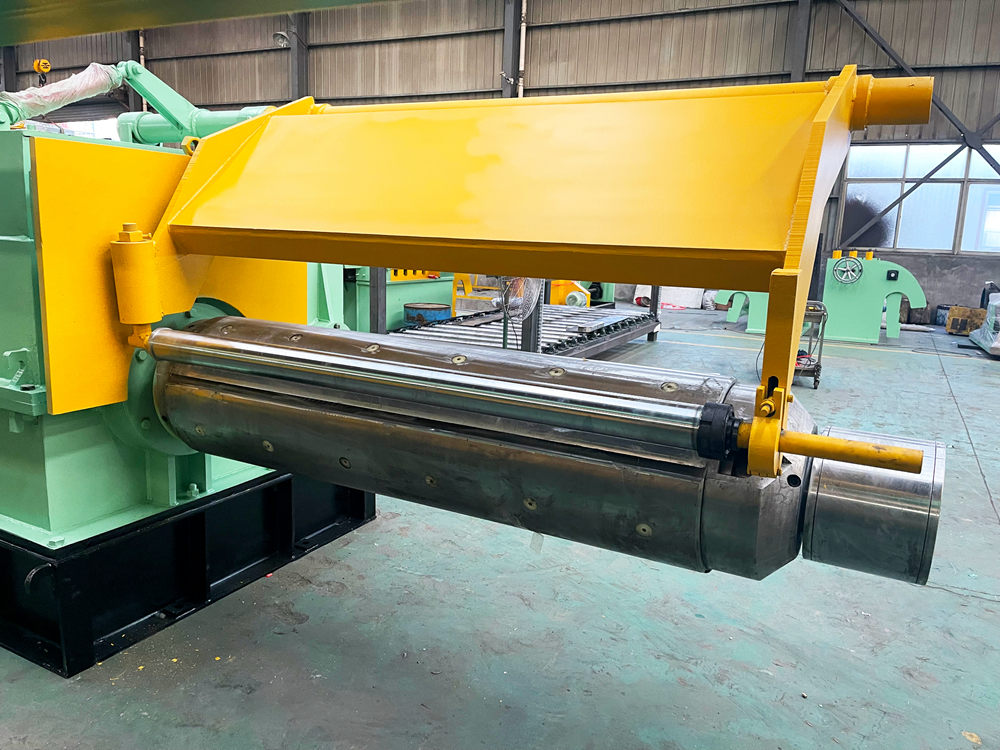
The Importance of PLC in Adjusting Sizes for C and Z Purlin Machines
In today’s rapidly evolving manufacturing landscape, automation plays a significant role in enhancing efficiency and precision. One of the key areas where automation has made a substantial impact is in the production of structural components, such as C and Z purlins. These components are integral to various construction projects, providing essential support structures for buildings, warehouses, and other infrastructure systems. At the heart of modern purlin production machines is the Programmable Logic Controller (PLC), a device that is transforming how manufacturers adjust sizes and streamline operations.
Understanding Purlin Machines
C and Z purlin machines are specialized equipment designed to create purlins in various sizes and profiles. The choice between C and Z shapes often depends on the specific requirements of a project, such as load-bearing capacity and structural integrity. Purlins are typically made from steel, and their production involves processes such as roll forming, cutting, and welding. Given the wide range of applications, it’s crucial for manufacturers to have a flexible system that can quickly adapt to different size specifications and production demands.
The Role of PLC in Size Adjustment
One of the standout features of modern purlin machines is their use of PLC technology. A PLC is a digital computer used for automation of industrial processes, including control of machinery on factory assembly lines, amusement rides, and lighting fixtures. In the context of C and Z purlin machines, PLCs offer a range of functionalities that facilitate precise adjustments in size and shape.
PLC systems can be programmed to automate the size adjustment process, enabling quick and accurate changes without the need for manual intervention. This capability is particularly beneficial in environments where production lines need to switch between different purlin sizes frequently. With a PLC, operators can input the desired dimensions on a user-friendly interface, and the machine will automatically recalibrate itself to meet those specifications. This not only saves time but also reduces the risk of human error, leading to enhanced product quality.
Advantages of PLC Integration

The integration of PLCs into C and Z purlin machines presents several advantages
1. Enhanced Efficiency PLCs allow for rapid adjustments to machine settings, minimizing downtime. This is especially valuable in large-scale production environments where every minute counts.
2. Improved Precision The programmable nature of PLCs ensures that size adjustments are executed with high accuracy, resulting in consistent product quality that meets stringent industry standards.
3. User-Friendly Operations Modern PLCs often come with graphical user interfaces (GUIs) that make it easy for operators to understand and manage complex tasks. This reduces training time and facilitates smoother operations.
4. Data Collection and Analysis Many PLC systems have built-in data logging capabilities, allowing manufacturers to track production metrics, monitor performance, and identify areas for improvement.
5. Flexibility As construction demands evolve, purlin machines equipped with PLCs can quickly adapt to changing requirements without significant reconfiguration.
Conclusion
The advent of PLC technology has revolutionized the C and Z purlin manufacturing process, providing companies with the tools needed to enhance efficiency, precision, and flexibility. As the construction industry continues to grow and evolve, the importance of such innovations will only increase. By investing in PLC-equipped purlin machines, manufacturers position themselves at the forefront of technological advancement, ensuring they can meet the future demands of the market while maintaining high standards of quality and performance. In the competitive world of construction, embracing automation through PLCs is not just an option—it’s a necessity for success.